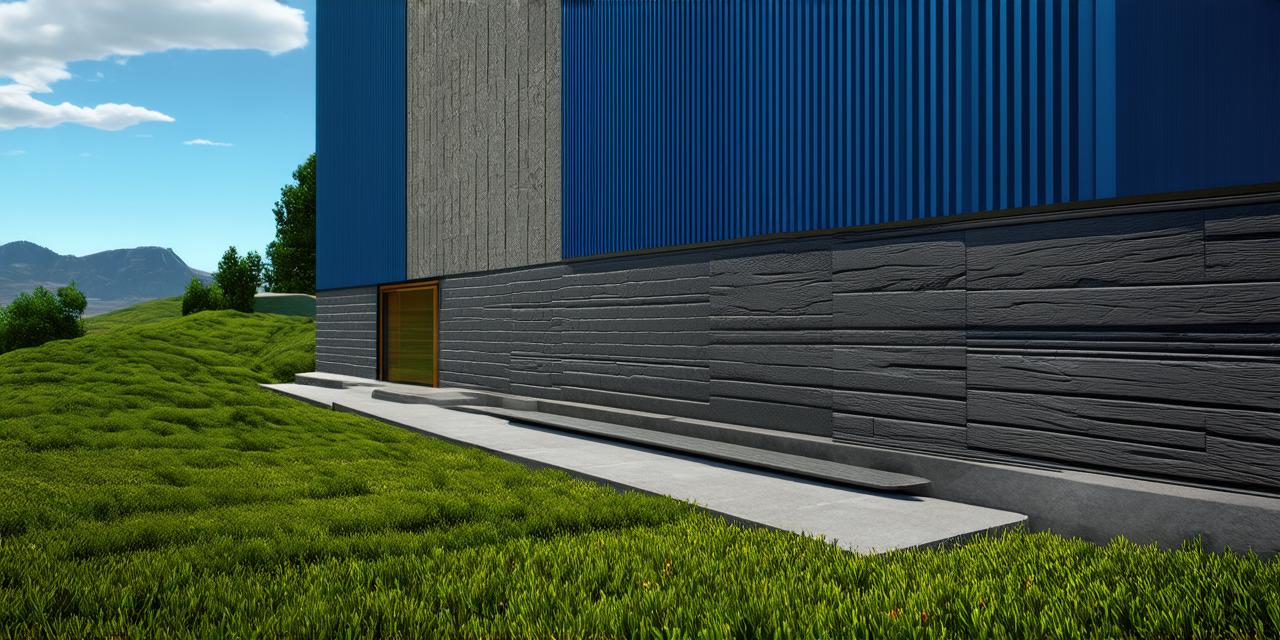Are you looking to take your 3D game development to the next level? Do you want to create an interactive and immersive gaming experience that stands out from the crowd? Then you need to learn how to make a 3D level editor in Unity.
Overview of Level Editors in Unity
A level editor is a tool that allows game designers and developers to create, edit, and test 3D levels within a game engine. It provides a visual representation of the level, allowing you to place objects, add textures, and adjust lighting and other environmental factors.
Level editors are essential for creating complex and dynamic 3D environments that require precise placement and configuration of various assets. They can save time and reduce errors by providing an intuitive and user-friendly interface for creating and editing levels.
Key Features of a Level Editor in Unity
Unity provides several built-in tools and plugins for creating level editors, each with its own unique set of features. Some of the key features of a level editor in Unity include:
- Scene Hierarchy: A visual representation of the game’s scene hierarchy, showing all objects and their relationships to one another.
- 3D Viewport: A real-time 3D view of the level that allows you to see what the player will see when they play the game.
- Object Placement Tools: The ability to place and manipulate various objects in the scene, including terrain, buildings, and characters.
- Texture and Material Editors: The ability to apply textures and materials to objects in the scene, including custom-made materials.
- Lighting and Environmental Adjustments: The ability to adjust lighting and environmental factors, such as weather and time of day, to create a realistic and immersive gaming experience.
- Scripting Support: Integration with Unity’s scripting language, allowing you to add interactive elements and behaviors to the level.
- Collision Detection: The ability to detect and adjust collisions between objects in the scene, ensuring that players can interact with the environment in a meaningful way.
- Version Control: The ability to save and version levels, allowing multiple designers to work on the same level simultaneously and track changes over time.

Building a 3D Level Editor in Unity
Now that we’ve covered the key features of a level editor in Unity, let’s dive into the steps required to build one from scratch. We will be using the latest version of Unity, along with some custom plugins and tools.
Step 1: Set up the Scene Hierarchy
The first step is to set up the scene hierarchy for your level editor. This involves creating a new Unity project and adding the necessary assets, such as terrain, buildings, and characters, to the scene. You can then create a parent object for the entire level, which will serve as the root of the scene hierarchy.
Step 2: Create a Visual Representation of the Level
The next step is to create a visual representation of the level using Unity’s built-in tools and plugins. This includes creating a real-time 3D viewport that shows what the player will see when they play the game. You can also use custom plugins to add additional features, such as a bird’s eye view or a 2D top-down view of the level.
Step 3: Implement Object Placement Tools
The object placement tools allow you to place and manipulate various objects in the scene, including terrain, buildings, and characters. You can create custom scripts to add additional features, such as snapping objects to grid lines or placing them on specific surfaces.
